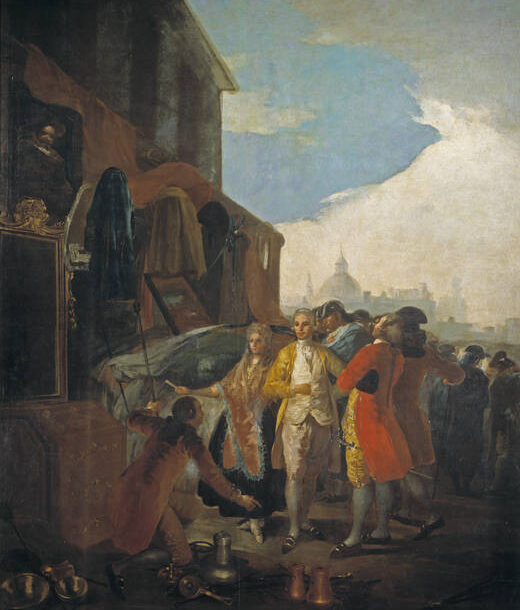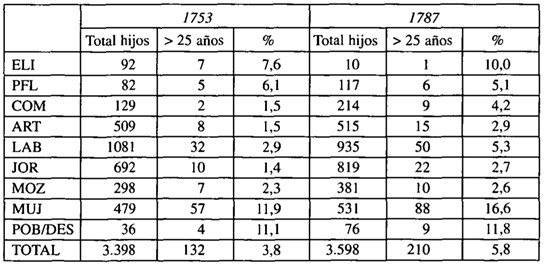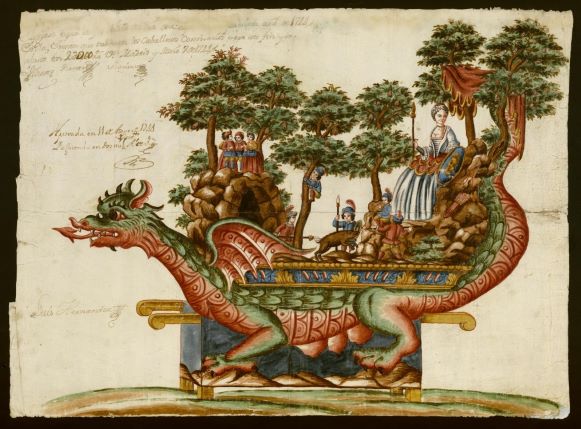
Velázquez’s work depicts a craft workshop made up of women. In the foreground are the spinners, women of the village who occupy the most important place in the representation, where three generations are shown participating in the work of spinning and reeling the wool. Their bodies convey activity and liveliness as they cooperate in a manual task. In the background are three upper-class women, one of whom focuses her gaze on the mechanical workers. In the 17th century, spinning wheels and spinning were poorly paid jobs that supplied the needs of the weavers’ guilds. Although Velázquez depicts the interior of a possible tapestry factory, the spinning work did not take place inside the factory, but in the house-workshops. At that time, the ordinances of 1561 prohibited women from joining the guild (historiographically increasingly disputed), although their presence in the workshops continued. The master’s wife took over the spinning and was assisted by other women from the age of 12, as they were considered servants since they were denied the status of apprentices.
Collection: Images
Project: 11. Science and culture as representation in Europe., 4. Family, daily life and social inequality in Europe.
Chronology: XVII
Scope: Secondary Education, Baccalaureate, University
Resource type: Image
Format: Oil on canvas (220 x 289 cm)
Source: Museo del Prado (Madrid)
Language: Spanish
Date: 1655-1660
Owner: Álvaro Romero González (Modernalia)
Identifier: P001173
Copyright: Museo del Prado (Madrid)
Abstract: Velázquez's work shows an interior of women working in textiles, emphasising their profession through the fable of Arachne
Image
Tags








